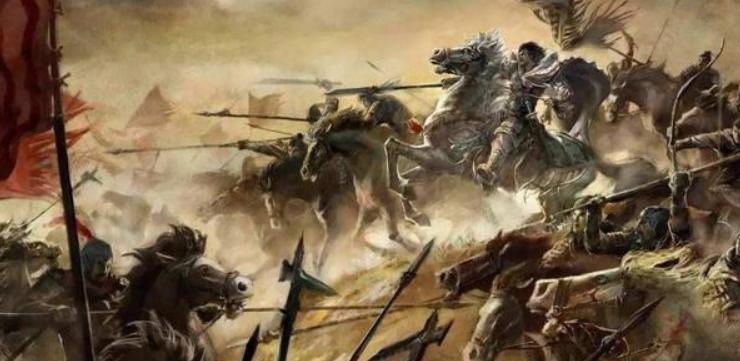Second, the pre-Qin view of the world
The literal meaning of "tianxia" can be understood as under the heavens and the earth, and everywhere the sky is shrouded in the heavens. However, we cannot use today's sense of cosmic space to compare the "tianxia" vision of the pre-Qin era, and the vision of an era is subject to the level of knowledge and technological development at that time. Therefore, although the "world" of the ancients presents a vast and distant scene, it is not boundless, and it seems to have boundaries.
Influenced by the concept of "heavenly round place", its boundary is embodied in the poles of the four directions of east, west, south and north, and the so-called pole is the farthest place that can be reached. The boundary of "Tianxia" described in the Yugong is "east gradually in the sea, west by quicksand, Shuo, Nanji, and Shengjiao in the four seas." This passage tells the story of where the east and west go, the sea and the land of quicksand, respectively, but the south and north are vaguely described.
This passage conveys a clear message to us: the ancients believed that "tianxia" had a boundary, that it was within the range of the poles of the four directions of east, west, south and north, and since it was the pole, there must be a definite geographical location, but the position of the four poles was vague in their conceptual consciousness. In other words, although they believe in the existence of the quadrilateral boundary, this is only a vague existence.
Leaving aside the vagueness of the description of the geography of the north and south in the Yugong, even the east and west only generally point out the "sea" and "quicksand", and do not substantively confirm the detailed location. In addition to the YuGong, let's look at two more accounts of the Four Directions pole. The Chu Ci Da Zhao records: "There is a sea in the east, and drowning is only ... There is no south of the soul, there is a fire in the south, and the vipers are only ... The soul is boundless, the western quicksand, the yangyang is only... There is no north of the soul, there are cold mountains in the north, and there are only dragons and dragons. ”
This passage is saying that in the east is the sea, and there is an insurmountable drowning; in the south, the fire spreads, and there are ferocious poisonous snakes; in the west there are flowing sand dunes, and there is no edge; in the north is the cold mountain peaks, and there are cruel candle dragons. The poem is full of mystery and grotesqueness, praying that the souls of the deceased will not set foot in dangerous places. In the eyes of Qu Yuan, the author of this statement, the Four Directions Have become a haunt of demons, ghosts, and ghosts, and even souls with mysterious powers must retreat, let alone people.
